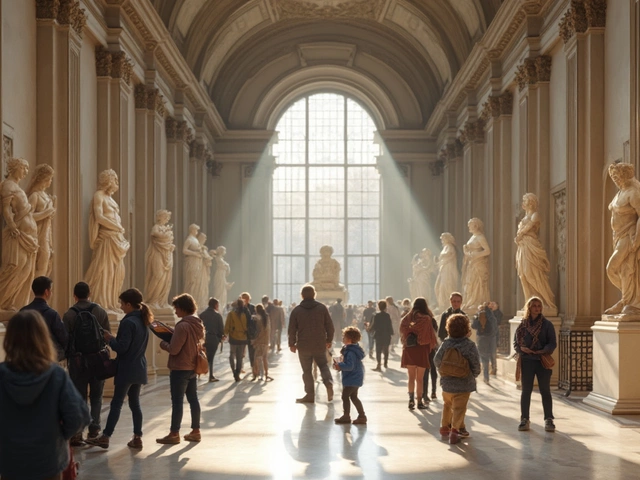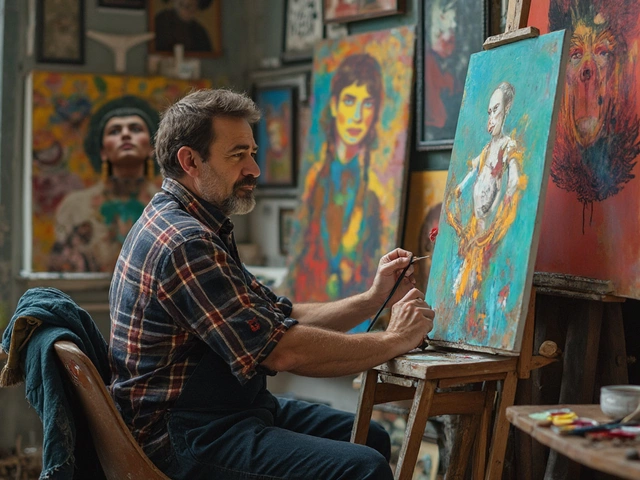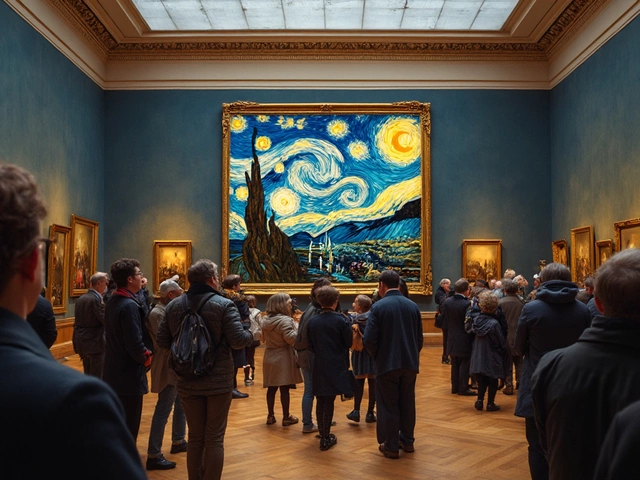If you think watercolor is just for hobbyists or school kids, think again. This is an art that has seduced some of the boldest creative minds on the planet, challenged perfectionists, and frustrated the easily discouraged. Watercolor doesn’t forgive mistakes—you can’t just paint over an error. Yet those shimmering, transparent washes lure in artists who don’t mind the challenge of dancing on the edge between control and chaos. The best watercolor artists? Their works look effortless. But the cool thing is, every artist does it just a bit differently, and every masterpiece comes with a story of wet brushes, risky decisions, and some brave leaps of faith.
The Titans of Watercolor: Who Gets the Crown?
If you typed “best watercolor artist” and hoped Google would spit out an easy single answer, tough luck. Naming THE best is like trying to pick the greatest guitar player in history—everyone’s got an opinion, and each choice tells you as much about the fan as about the artist. But there are some names the watercolor world agrees are straight-up legends.
Let’s talk John Singer Sargent. Most folks know Sargent for his oil portraits—the guy painted aristocrats, presidents, everyone who was anyone at the turn of the 20th century. But show a serious watercolorist a Sargent watercolor, and you’ll see them get that quiet, reverential tone. Why? Sargent’s watercolors are bold. His landscapes—Venetian canals, sun-blasted Italian hillsides—are described as "liquid sunlight" or “snapshots of light.” But he didn’t just capture what he saw; he knew exactly when to hold back, leaving parts of the first paper untouched, letting your brain fill in the rest. If you want example titles, check out “Bedouins,” “The Cashmere Shawl,” or "Simplon Pass: Reading," works where color and control seem to play effortless games.
Now, take J.M.W. Turner. Turner’s been dead awhile—he was born in 1775—but he took watercolor sketching to new heights. He used the medium not just for pretty landscapes, but as test runs for his massive oil paintings. Critics back then called his work “unfinished”; today, those same studies look modern and wild. He pushed watercolors to their technical max—multiple washes, creative scraping, even using his fingernails. Go look at "Venice: Looking Across the Lagoon at Sunset" and think about the fact that it was sketched onsite. Art historians agree he changed how people thought about watercolor forever.
Today, new artists carry the torch. Yuko Nagayama from Japan, for instance, grabs attention with dreamy washes and fierce, almost architectural control—flowers and cityscapes seem to bloom from nothing. Or look at Dean Mitchell, an American watercolorist whose moody urban scenes and portraits carry social weight. Mitchell uses a restricted color palette and wrings emotion from every limited pigment. Looking for something more surreal? Take a peek at Dusan Djukaric from Serbia or Liu Yi from China. Their technical skill is intimidating, drawing gasps even from other pros.
| Artist | Period | Notable Works | Artistic Strength |
|---|---|---|---|
| John Singer Sargent | 1856–1925 | "Bedouins," "Simplon Pass: Reading" | Bold washes, expressive light |
| J.M.W. Turner | 1775–1851 | "Venice: Looking Across the Lagoon at Sunset" | Atmospheric perspective, technical innovation |
| Yuko Nagayama | Modern | "Hydrangea in Rain" series | Fluid detail, modern realism |
| Dean Mitchell | Modern | "The Bridge," "Tea Time" | Realistic portraiture, emotional scenes |
| Liu Yi | Modern | "Bathers" series | Hyper-real detail, movement |
Bottom line? You won’t find a single "winner." But these heavy hitters are where any search for the best watercolor should start. Their approaches couldn’t be more different, but what links them is a willingness to treat watercolor not as background, but as the main act—a stage where water, pigment, and guts come together.
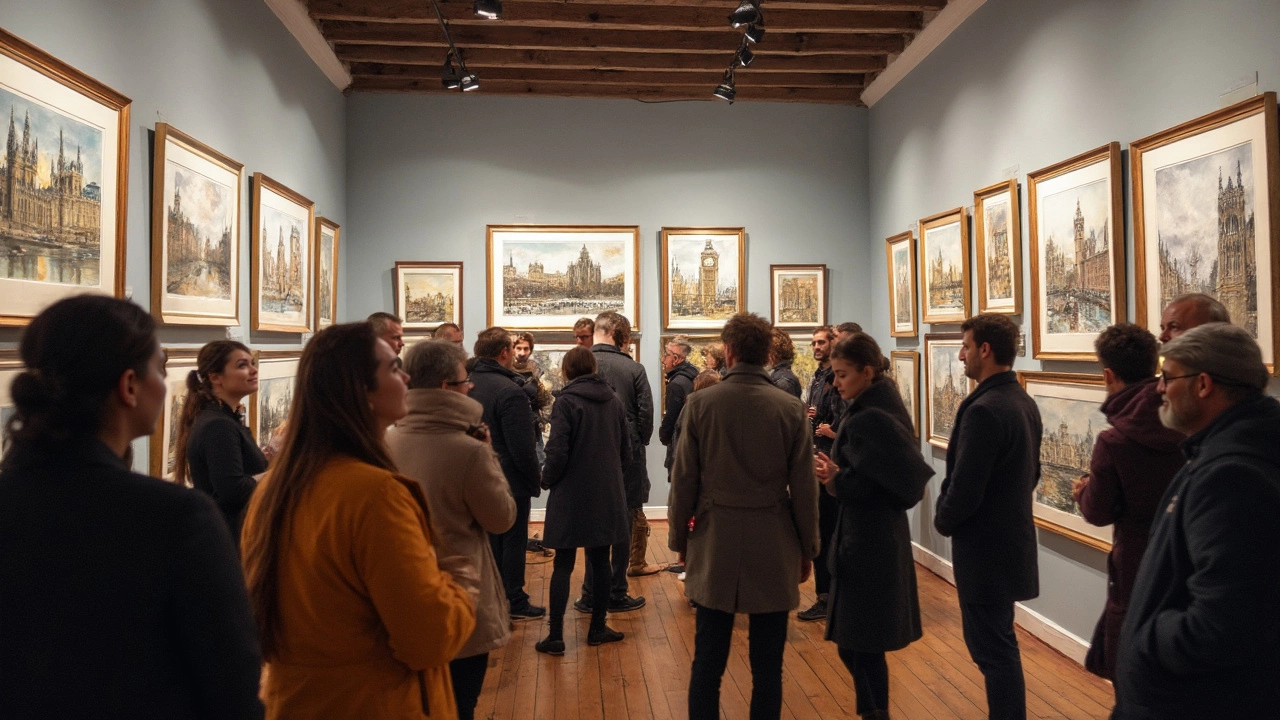
Secrets Behind Striking Watercolors: Techniques and Tips from the Masters
Artists often treat watercolor like it’s some delicate thing—like you need to tiptoe around mistakes. But the best painters? They go big, work fast, and risk screwing up. Watercolor rewards the brave. Sargent knocked out entire paintings on the spot, standing outdoors with a travel palette, blasting water onto the page, and selling those works almost as afterthoughts. If you want to paint like the best, here are some tricks worth stealing.
First, embrace the chaos. The best results don’t always come from strict plans. J.M.W. Turner would sometimes attack his paper before it was completely flat, letting puddles run wild, then work back into the surface with the corner of a rag, the edge of his thumbnail, or even a knife. He’d layer thin glazes of color, let them dry, and then add more, building up that signature "Turner luminosity." Don’t be afraid to experiment. If your painting bucks and misbehaves, sometimes that’s when it turns honest and interesting.
Sargent, meanwhile, worked fast and loose—but not randomly. He’d start with confident pencil sketches, then hit the paper with water, not color, to map out where the light would go. After that, a few explosive washes would land—think big, risky moves, with pigment dropping into wet paper so hard edges melt into soft blooms. He worked quickly enough to dodge the dreaded cauliflower stains but slow enough to plan every shape. That’s a sweet spot: act quickly, but know what you’re after.
Yuko Nagayama’s process is a bit more controlled, but she also lets the medium breathe. She recommends beginners pay attention to the tilt of their paper—sloped boards help gravity do its thing, letting colors blend naturally rather than by force. She also says that the first wash is the backbone—get that down likely, and everything that follows rides on top. Want intense color? Start with fewer layers and more pigment; you can always dilute, but you can’t add back that initial glow once you muddy it.
If you want your work to have those punchy lights that pros have, preserve your whites. Use masking fluid (some pros do this) or, better yet, paint carefully around whites. In a famous art class, Dean Mitchell put a post-it note on his best brush: “Don't kill the white!” It sounds silly, but that untouched paper is what gives watercolors their zing. Also, pros often limit their palettes—some paint with only three or four pigments. This reduces muddiness and keeps everything looking bright and intentional.
- Use the best paper you can afford. Cheap paper warps and pills, making great technique impossible.
- Start with large brushes. Watercolor rewards broad strokes—detail comes last.
- Don’t panic when mistakes happen. Try lifting color with a clean, damp brush, or hide an accident under a new shape or layer.
- Keep your workspace clean. A dirty brush will ruin your clean glazes.
- Study real pros. Museums and online galleries are full of close-ups and process shots. It's the best education out there.
And—this may sound wild—let yourself enjoy the process. Most legendary watercolors came from artists who learned to love the unpredictability. If a professional like Sargent scrapped as many pages as he kept, you can cut yourself some slack too.
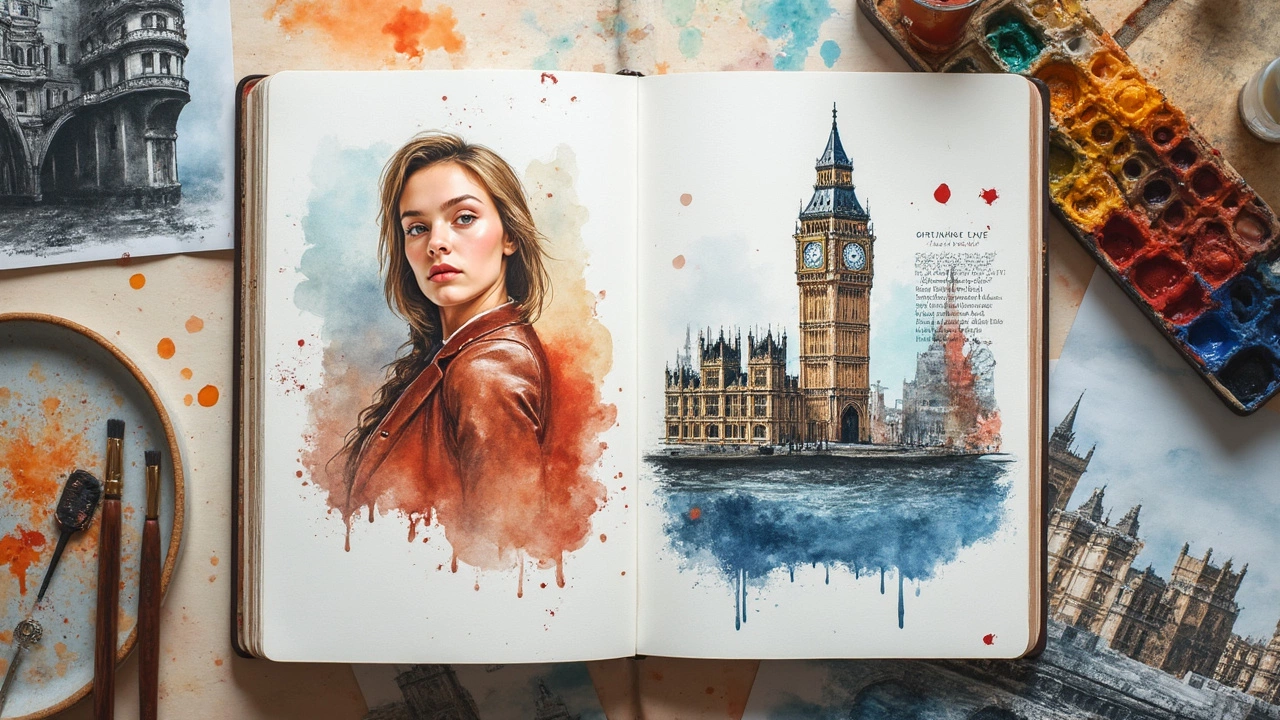
Learning from the Best: How to Build Skills Like a Watercolor Star
So, you want to paint like the best watercolor artists? That’s a tall order, but also a good move—because imitating greatness is how most pros secretly got their start. But don’t just stare at finished pieces. Dig into the weird habits, odd rituals, and clever hacks these artists use every day. Because, truth be told, even the “natural geniuses” worked their butts off figuring this stuff out.
Start by copying, not to plagiarize, but to see how marks are actually made. Get a high-res image of a Sargent or a Turner watercolor, print it, and try to recreate a corner. You’ll feel the difference instantly—the brushwork, the patience (or impatience) in the pigment. Some art schools make you do full-on “master copies” for this reason—it's humbling but educational.
Pay attention to what the heavyweights painted. Sargent often chose subjects with strong sunlight and heavy shadow. That contrast made his watercolors sparkle. Turner was obsessed with weather, so he chased storms, waves, and the weird golden haze that follows rain. Modern masters like Yuko Nagayama pick everyday urban scenes or blooming plants—real, tangible things that let you see how the medium handles hard edges and soft backgrounds in a single frame. Try doing a daily painting of whatever’s in front of you; your skills jump fast when you’re working from life, not just photos.
Tune up your gear, too. Sargent used Winsor & Newton’s best. He painted on heavy, 140lb or 300lb cold-pressed paper, which stands up to aggressive working. Turner sometimes made his own paper—can you imagine? If you can’t afford fancy brands, at least splurge on a few pro-grade tubes of your favorite colors. One solid ultramarine and a strong burnt sienna are worth ten student-grade pans.
Practice doesn’t mean mindless repetition. Break down your heroes’ moves: Which direction was the brush moving? How damp was the paper? Was the wash graded or flat? Did they drop in color or lift it out? YouTube has videos from living pros that show every step, but don’t sleep on in-person guilds and workshops. Watercolorists love to share what they know—it’s an art cult, but one of the friendlier ones.
And don’t just focus on technique—the real aces in watercolor have something to say. Sargent’s Venetian rooftops weren’t just technical marvels; they captured a mood, a golden hour, a sense of chill and heat within the same frame. Dean Mitchell’s portraits pack a gut-punch because he cares about what he’s saying, not just how he’s painting. Great work is always about more than pigment on paper.
Here are a few more pro tips that come up at every top-tier workshop:
- Paint standing up. You’ll keep your whole arm loose, just like Sargent did.
- Turn your paper upside down. See if the composition still works—if not, adjust before adding detail.
- Fix mistakes with confidence, not fear. Sometimes a big, bold dark shape covers a mess better than any careful dab.
- Keep work in series. Mastery comes from seeing a subject 10 different ways, like Turner did with Venice.
- Sign your work boldly. Even legends take pride in their name on the page.
So who owns the crown as the best watercolor artist? Well, that spot rotates—but every masterpiece out there is built on these habits. The wild thing is, today’s master could be a quiet painter in a tiny studio, half a world away, getting their hands wet right now. And if you’re itching to join their ranks, now’s a pretty epic time to start.


